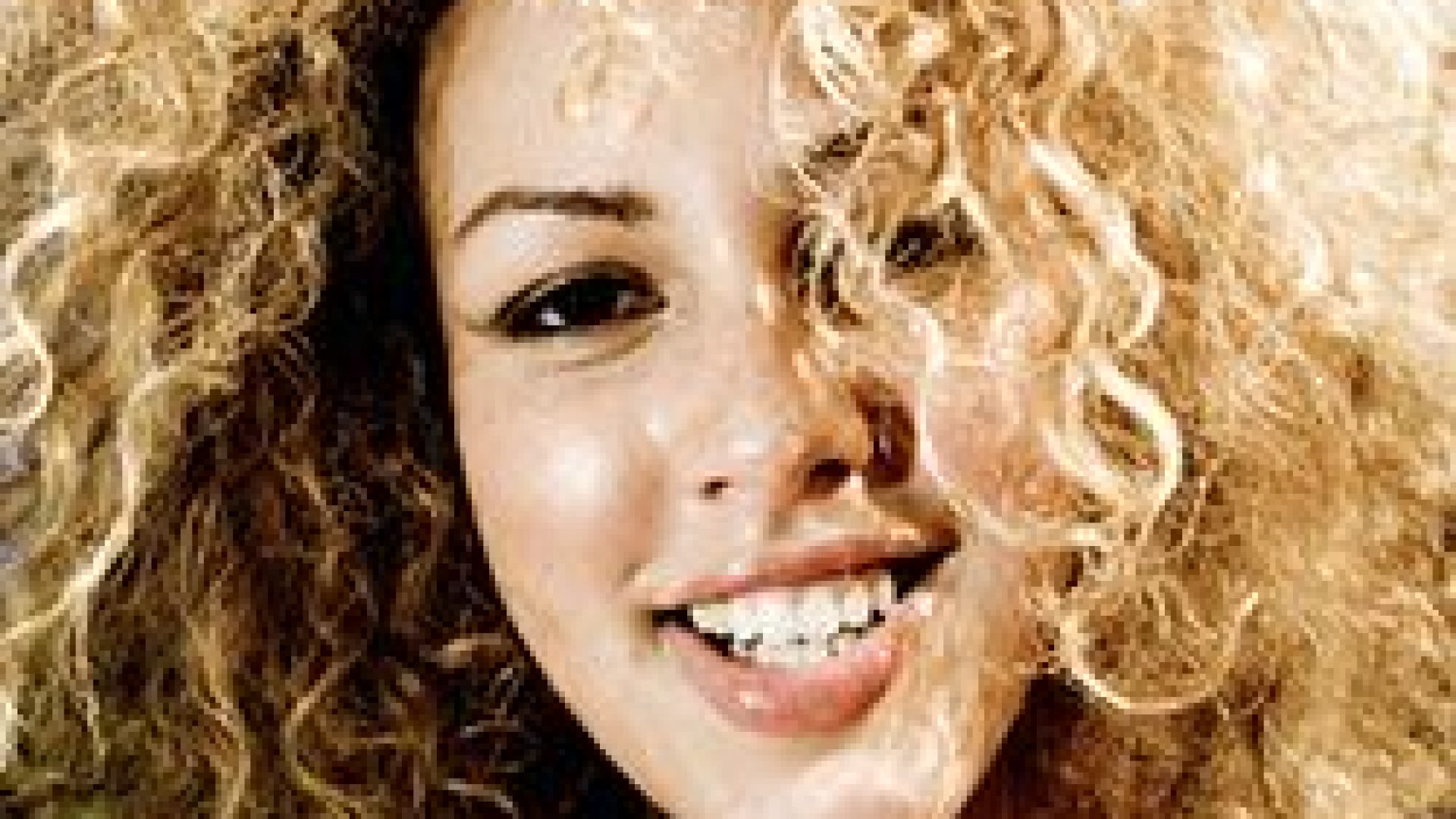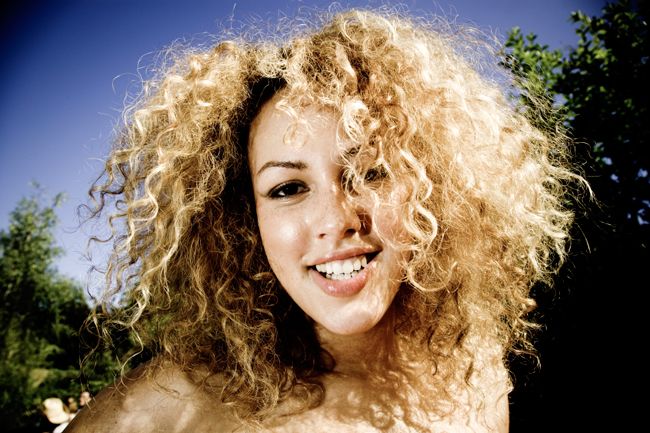
Hair damage is nothing to be ashamed of nor should you feel like a failure if you are dealing with it right now. It happens to the best of us, and if you are around long enough you will likely experience some form of damage at some point in your hair journey. No worries though, if you know how to spot the signs of damage you can stop it before it worsens and work to prevent it from happening again. Here are the top four types of hair damage and what you can do about them.
1. Your hair won’t curl anymore
If you use heat styling tools and you find that your hair refuses to revert back to its curly, coily or wavy state even after you wash and condition your tresses, it may be heat damage. Other telltale signs are that the hair is brittle or has lost its elasticity. Heat damage can occur after several heat applications or just from one. These damaged pieces can occur just in one spot or several sections in your head.
The health of your hair has been compromised either by using heat appliances too often, or using excessively high temperatures. Healthy hair burns at just over 450F, this temperature is much lower for hair that has already been damaged. Curling irons, flat irons and blow dryers can be misused when their heat settings are too high, and even with the use of heat protectant you can still burn your hair with just one application.
The solution: Cut it off or temporarily treat it
First and foremost, stop applying heat to your hair. There are numerous ways to dry your tresses and even wear them straight without applying heat, so opt for heatless styles at least until your hair is healthy again.
Unfortunately, heat damage cannot be repaired. It can be prevented or even treated but it cannot be repaired. Cutting the heat-damaged strands off is an immediate solution to the problem, but it is not the only way to handle it. One reason to consider alternative solutions is if you only have damage to one or two sections of hair, cutting it may create unevenness or cause you to resort to a much shorter style than you wanted.
Structural damage, a lifted or damaged cuticle or broken keratin chains in the cortex of the hair can be improved with the proper application of processed protein, under the right conditions. You can also treat the damaged strands with products specifically created for such events. ApHogee Shampoo for Damaged Hair restores sheen and pliability to your damaged strands but for the big guns you want the try the Two-Step Protein Treatment. This unique treatment which is formulated with magnesium and modified proteins aid in reducing hair’s damage.
As a precaution because you do not want the damage to travel up the hair shaft, get regular trims (maybe even more often”> while treating your hair. This way your hair is growing while you are cutting it.
2. Your hair feels mushy when wet and hard when dry
These are signs that your hair is over-processed. Most commonly, chemical processing like color and straightening treatments, as well as mechanical damage from styling tools, are responsible for structural damage to hair. Chemicals are often designed to lift and penetrate the protective layer of the hair in order to change the shape or color. This begins to break down the integrity of the strands. Over-processed hair will have similar symptoms to heat-damaged hair, like brittleness and dryness, but unlike heat-damaged hair it may not be straight. Over-processed hair can be limp, mushy when wet and brittle after drying, full of split ends, and you may find that your hair does not hold color well. Many complain of their hair feeling hard when there was no hard feeling to their strands before. If your hair is feeling “hard” and you have been using chemical treatments, it may be time to acknowledge the damage.
The solution: Condition, condition, condition! And treat
Again, the first step is to stop the chemical treatments that have over-processed your tresses. Opt for natural coloring methods like using henna, find less harmful methods of straightening your hair, or wear your hair curly until it is healthy. Cleanse your hair with cleansers that will add moisture instead of stripping it. ApHogee Deep Moisture Shampoo is a great choice for regaining your hair’s elasticity and moisture levels.
Then condition, condition, condition! Your hair needs to be pampered. Hot oil treatments, deep conditioners and moisturizing leave-in conditioners will become mandatory during each wash cycle. The ApHogee Two-Step Protein Treatment can help rebuild the damaged strands, and incorporating Aphogee Balancing Moisturizer afterward will combat your hair’s dryness by sealing in the much-needed moisture.
3. Your edges are thinning
Your edges are thinning when find your scalp becoming increasingly exposed and the hair framing your face beginning to thin. This can be from tight hairstyles pulling at your delicate edges, an unhealthy diet, stress or over-manipulation of styling tools. The hairs around the nape and edges are delicate and when thinning it can be a sign of more damage to come so when you notice them do not ignore.
The solution: Stop high-tension hairstyles and regrow edges
If you wear braided styles, weaves or wigs it may be time to stop using them until your edges grow back. Either they were too tight or used excessively. Hair massages are excellent ways to increase blood flow to the scalp and hair follicles while conditioning the scalp and enhancing the strength of the roots. ApHogee Essential Oils for Hair can be used as a hot-oil treatment or a scalp massaging oil with its herbal, vitamin, and sweet almond oils.
4. Brittle, straw-like strands







Sometimes you can have too much of a good thing. If you are using protein frequently (once a week or more”> it is possible that your hair could become brittle, dry and break off. Even if you are not using an protein treatments that does not mean you are not using protein. Many of our regular hair products like gels, styling creams and even conditioners have protein in them so if used daily we may be creating a protein-overload.
The solution: Balance the moisture and protein
There must be a balance of moisture and protein in the hair for it to be healthy, and you can achieve this balance by being aware of what you are putting in your hair. Excessively high protein can throw off you’re the natural moisture levels of your hair. Depending on your hair, daily and weekly protein treatments could be too much and regular products with protein should be used sparingly. Bring back the moisture to straw-like hair with ApHogee’s Balancing Moisturizer and Pro-Vitamin Leave-in Conditioner.
This article is sponsored by ApHogee.








